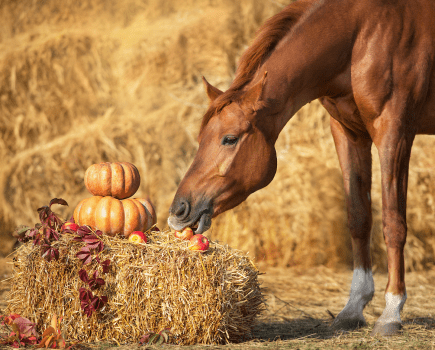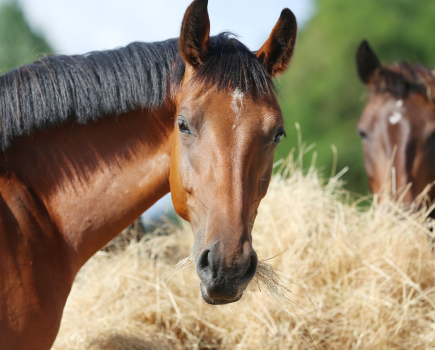Despite a more widespread use of oil as an energy source in recent years many horse owners still don’t really understand what it does. Here we explain all you need to know about feeding your horse oil.
Carbohydrates from cereals are traditionally the major source of energy fed to horses in training. The starch they contain consists of chains of glucose molecules tightly packed together. These chains are broken down during metabolism to provide a readily available supply of glucose. This glucose can be used directly as an energy source or stored in the muscles and liver as glycogen for later use. Glucose can be used at all levels of work intensity but is the only energy source that can be used for high intensity work.
Feeding your horse oil
Oil provides 2 ¼ times as much energy as carbohydrates from cereals. However, this energy can only be used when your horse is working at low intensities when the required oxygen is available to break down the oil during aerobic respiration. Once your horse is working hard he can’t supply the oxygen quickly enough to maintain aerobic respiration, so he moves into anaerobic respiration which can only utilise glucose or glycogen as energy.
Your horse can use energy from oil when:
- Walking
- Trotting
- Cantering (up to a heart rate of around 150 beats per minute)
Research suggests that by providing oil in the diet, your horse’s stores of glycogen are spared. When he starts to gallop he has a full tank of fuel to use resulting, in effect, in improved stamina. Also, because your horse is able to start with a full tank, he won’t deplete his energy stores completely, making recovery from intense work quicker.









